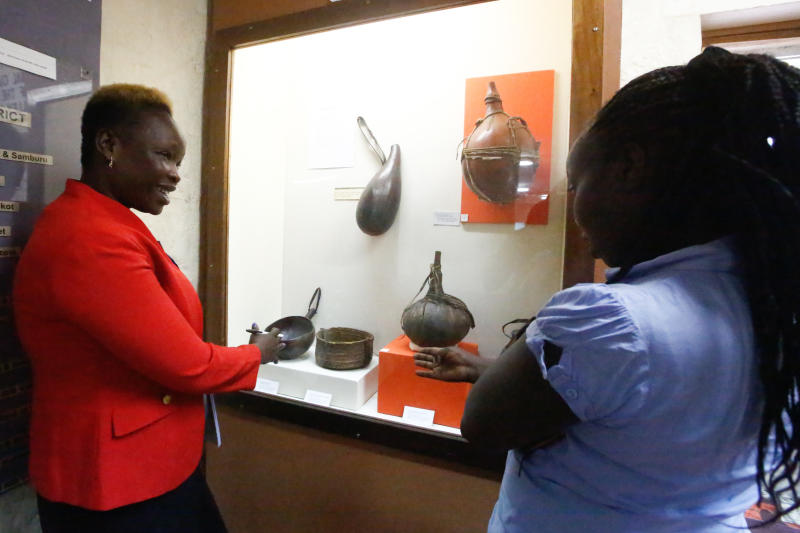×
The Standard e-Paper
Kenya’s Boldest Voice

Hyrax Hills National Museum, one of Kenya’s critical archaeological sites and a national monument is marking 100 years of existence this month.
The famous archaeological site which has since placed Kenya as home of Early Man opened its doors in 1920, to host rich history and has since inspired history and geography lessons in schools. The museum was declared a national monument in 1945, but opened its doors to the public in 1965.